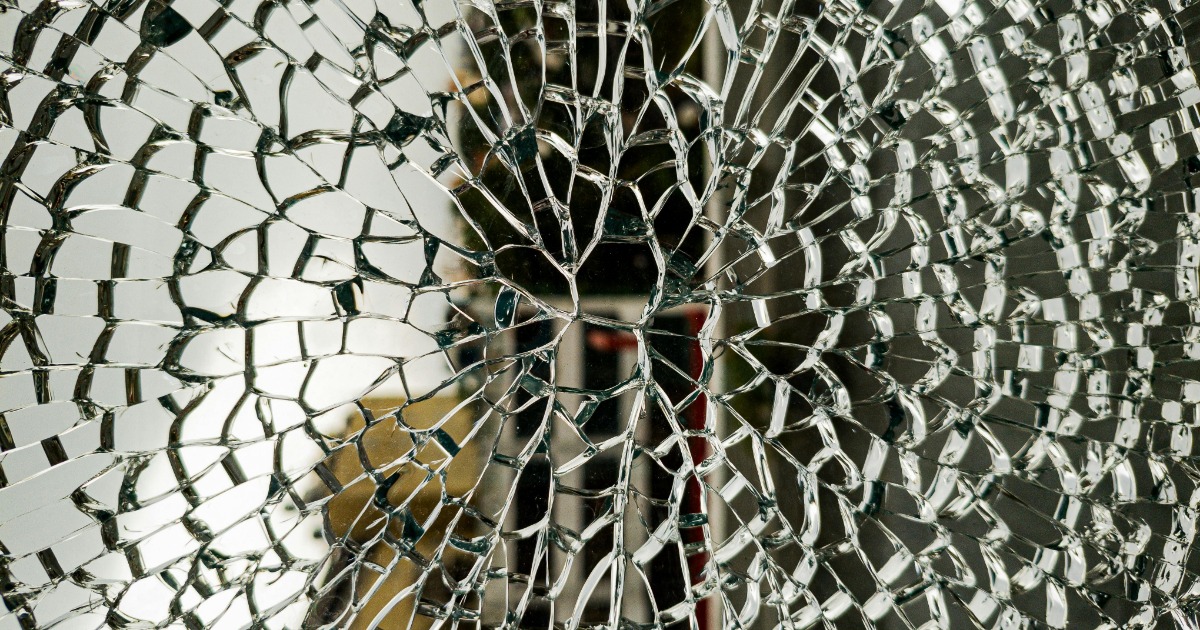Compressive Strength, Impact Damage and Crushing Behavior of Materials
A special issue of Applied Sciences (ISSN 2076-3417). This special issue belongs to the section "Materials Science and Engineering".
Deadline for manuscript submissions: 20 January 2026 | Viewed by 2425

Special Issue Editors
Interests: composite materials; crashworthiness; impacts; aeronautic structures; automotive structures; design
Interests: fatigue and damage tolerance; crashworthiness; composite materials; light alloys; laser shock peening; structural health monitoring
Special Issues, Collections and Topics in MDPI journals
Special Issue Information
Dear Colleagues,
This Special Issue seeks to assemble original research and in-depth review articles focused on the compressive strength, impact damage, and crushing behaviour of materials across diverse scales and applications. In contemporary engineering, materials are often driven to their performance thresholds in contexts such as aerospace and automotive components, civil infrastructure, and defence systems. Therefore, gaining a comprehensive understanding of their behaviour under extreme loading conditions is essential for ensuring safety, optimising performance, and enhancing design strategies.
We invite contributions that focus on the mechanical response of traditional and advanced materials under high-strain-rate loading, quasi-static compression, and impact/crushing scenarios. Emphasis is placed on experimental investigations, theoretical modelling, and numerical simulations that provide insight into failure mechanisms, energy absorption, post-failure behaviour, and microstructural effects.
Research areas may include, but are not limited to, the following:
- Energy absorption and crashworthiness of structural components.
- Compressive strength of metals, polymers, ceramics, composites, and bio-inspired materials.
- Damage evolution under dynamic and quasi-static compression.
- Multi-scale and multi-physics modelling of crushing and impact response.
- Influence of material architecture (e.g., cellular, lattice, or graded structures) on crushing performance.
- Novel materials and design strategies for improved impact resistance.
- High-speed imaging, digital image correlation, and other advanced diagnostics in impact testing.
- Effects of temperature, strain rate, and environment on compressive failure behaviour.
- Applications in aerospace, automotive and protective structures, and biomechanics.
Dr. Maria Pia Falaschetti
Dr. Enrico Troiani
Guest Editors
Manuscript Submission Information
Manuscripts should be submitted online at www.mdpi.com by registering and logging in to this website. Once you are registered, click here to go to the submission form. Manuscripts can be submitted until the deadline. All submissions that pass pre-check are peer-reviewed. Accepted papers will be published continuously in the journal (as soon as accepted) and will be listed together on the special issue website. Research articles, review articles as well as short communications are invited. For planned papers, a title and short abstract (about 100 words) can be sent to the Editorial Office for announcement on this website.
Submitted manuscripts should not have been published previously, nor be under consideration for publication elsewhere (except conference proceedings papers). All manuscripts are thoroughly refereed through a single-blind peer-review process. A guide for authors and other relevant information for submission of manuscripts is available on the Instructions for Authors page. Applied Sciences is an international peer-reviewed open access semimonthly journal published by MDPI.
Please visit the Instructions for Authors page before submitting a manuscript. The Article Processing Charge (APC) for publication in this open access journal is 2400 CHF (Swiss Francs). Submitted papers should be well formatted and use good English. Authors may use MDPI's English editing service prior to publication or during author revisions.
Keywords
- crashworthiness
- impact damage
- compressive strength
- experimental tests
- numerical simulations
Benefits of Publishing in a Special Issue
- Ease of navigation: Grouping papers by topic helps scholars navigate broad scope journals more efficiently.
- Greater discoverability: Special Issues support the reach and impact of scientific research. Articles in Special Issues are more discoverable and cited more frequently.
- Expansion of research network: Special Issues facilitate connections among authors, fostering scientific collaborations.
- External promotion: Articles in Special Issues are often promoted through the journal's social media, increasing their visibility.
- Reprint: MDPI Books provides the opportunity to republish successful Special Issues in book format, both online and in print.
Further information on MDPI's Special Issue policies can be found here.






